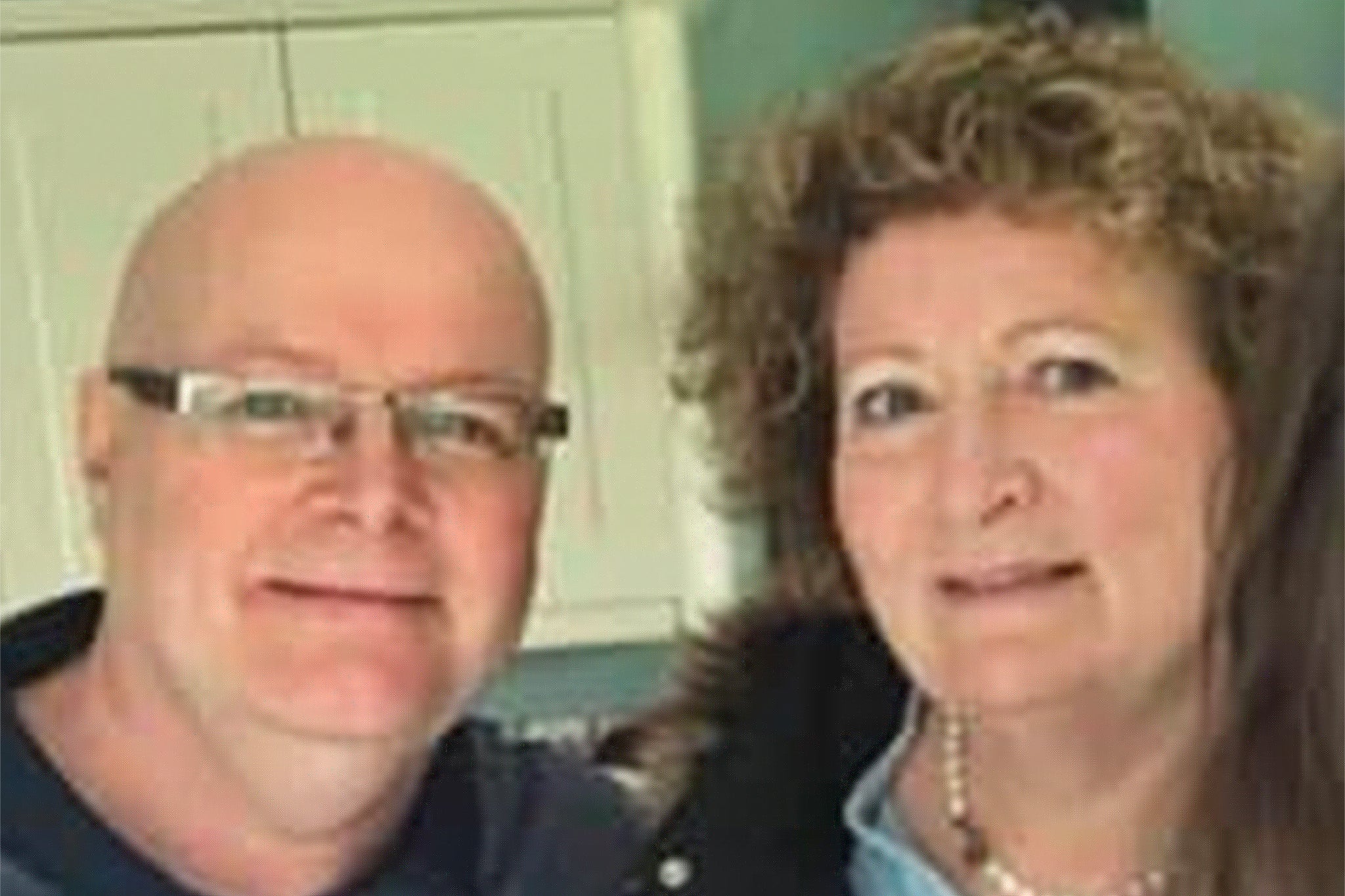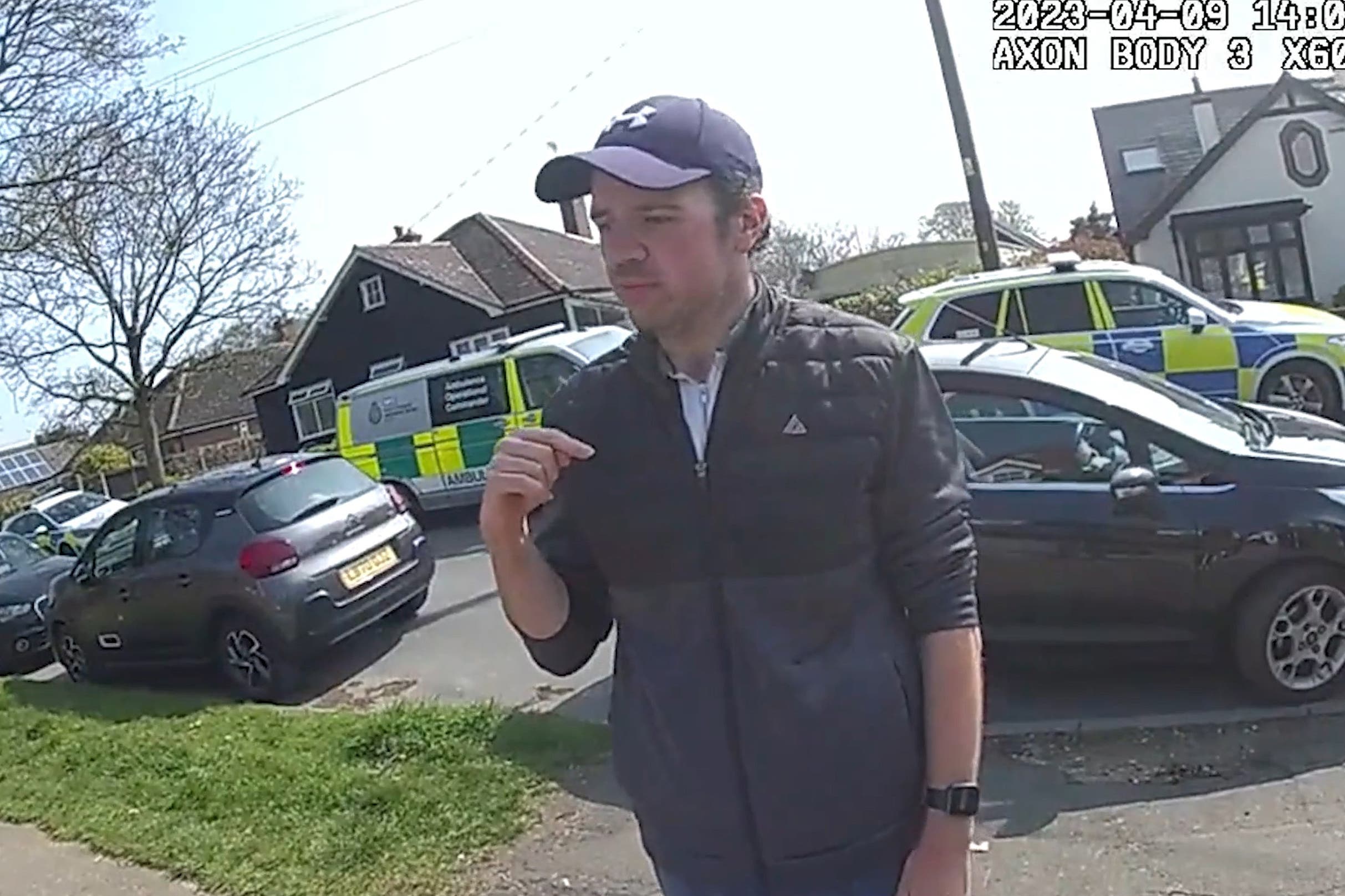Alleged fentanyl killer says he created fake identities because victim asked him to
Luke D’Wit is accused of working for and befriending the couple before poisoning them

An alleged double murderer, accused of poisoning a married couple with a powerful painkiller and rewriting their will, has said he created fake identities on the instructions of the husband.
Stephen Baxter, 61, and his 64-year-old wife Carol were found dead by their daughter Ellie at their home in West Mersea, Essex, on Easter Sunday last year.
Luke D’Wit, 34, of the same town, who denies murder, is accused of working for and befriending the couple before poisoning them with the opioid painkiller fentanyl.
Prosecutors allege D’Wit created a fake will for the Baxters on his phone, making himself a director of their shower mat firm – Cazsplash – the day after they were found dead on April 9 2023.
They also say D’Wit created false identities, including a doctor to talk to Mrs Baxter about her illnesses.
At his murder trial at Chelmsford Crown Court on Monday, the IT worker admitted doing this, saying Mr Baxter had asked him to, and that they would communicate by text or email.

One fake person was “Cheryl” – a made-up patient of Dr Andrea Bowden, who was another identity created to speak with Mrs Baxter about her thyroid condition.
Speaking about Cheryl, D’Wit told jurors: “Steve had the idea that she needed someone to talk to and air all her grievances to, and it might get some of her anxiety away.
“We created someone for Carol to talk to.”
Asked about “Dr Bowden”, the defendant said: “The actual mechanics was me, but it was instructions from Stephen.”
D’Wit claimed another identity, named Jenny, a theatre producer who could help the couple’s daughter Ellie, 22, with a career as a vocalist, was also Mr Baxter’s “idea”.
He said Mr Baxter would use another fake woman’s identity to encourage his wife to go on trips with him because they “didn’t always get on”.
Another made-up doctor was created to advise Mrs Baxter about her “gut problems”, the defendant said.
D’Wit denied there was a “sinister” motive behind the communications and identities, saying they were used by Mr Baxter to improve his wife’s health and their relationship.
Prosecutors have said D’Wit used the false identities to make recommendations to Mrs Baxter with “no clinical basis”, in order to manipulate her.
D’Wit, describing the moment he saw the Baxters in their home after their deaths, said they were both “grey” and there was “discharge” coming from Mrs Baxter.
He said he had arrived at the house and saw the conservatory door had been smashed, while Ms Baxter was inside calling for an ambulance.
D’Wit said he had collected medicines from around the house for the first responders, denying that he saw or took any fentanyl patches.
Jurors were told that he saw the couple alive in their home on April 7, saying he spoke to Mr Baxter about the company.
